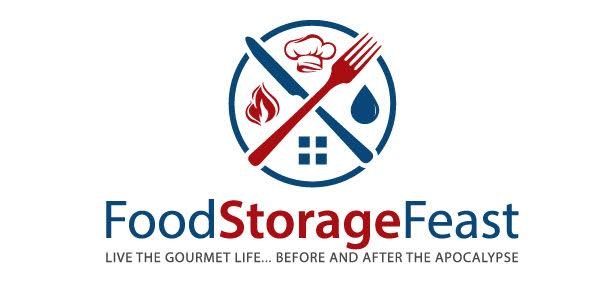Fertilizer Shortage, Less Acres Planted, Higher Costs-For Everyone!
Now that 2022 has arrived the public is starting to realize what we have been saying on this blog for a long time; our usual life of easy-to-find cheap and plentiful food is over.
Growers are facing a very tight fertilizer market since China has halted exports of key ingredients to make NPK, phosphate. (also seeds, herbicides, pesticides too)
Smart countries do not export food or other inputs to grow food when food supplies are tight, and in China, food supplies are very tight with them experiencing a HUGE shortfall of protein and grains.
Fertilizer prices have increased dramatically in recent years, and the news coming from China will more than likely help this trend continue,” said Theresa Sisung, field crops specialist for the Michigan Farm Bureau. “Farmers should talk to their retailers sooner rather than later to discuss their options for purchasing fertilizer for their 2022 crop needs
The USA on the other hand still pays farmers (USDA subsidies) to grow chemical-laden crops only to export them abroad. If we used Regenerative Agriculture to heal our land and raise healthier foods, we would need all these chemicals to grow nutrient-dense foods, but that is a topic for another day!
The fact that fertilizer prices are up nearly 60% means serious trouble for all of us. Many will say “I don’t eat corn or soy so this does not affect me” but it really does affect you because when major crops increase in price with yield going down, you will feel the pain.
Dairy, beef, pork, chicken, farmed fish, etc. is all grown and produced using grain products that are skyrocketing in price, hence you will pay much more if you can even find these items.
Additionally, many of our most popular processed foods, vegetables such as tomatoes, potatoes, celery, onions, carrots and, many more all use NPK chemical fertilizers. Food shortages and empty shelves are starting to appear all over America. Don’t believe me? watch this recent video:
The input costs farmers face this year might well be the straw that broke the camel’s back, with many farmers calling it quits. Maybe they can sell their land to developers for much more than they could ever hope to earn working like crazy farming, so this is where we are at.
Prices of nitrogen fertilizer, one of the most commonly used fertilizers to boost production of corn, canola and other crops, are at their highest levels in more than a decade.
Hurricane Ida also hit CF's ammonia plants in Louisiana in late August, forcing them to halt production.
In my mind, the biggest problem here is that “most people” do not even realize we’re in a once-in-a-lifetime dilemma, when that realization occurs panic buying will ensue. Remember the toilet paper situation from 2020, when food becomes the new toilet paper, we’re in deep doo doo ! (pun intended)
“The information that I am about to share with you is extremely alarming, but I have always endeavored to never sugarcoat things for my readers. Right now, there are shortages of certain items in grocery stores across the United States, and food supplies have gotten very tight all over the globe. I have repeatedly warned that this is just the beginning, but I didn’t realize how dire things have already gotten until I received an email from a farming insider that I have corresponded with over the years. I asked him if I could publicly share some of the information that he was sharing with me, and he said that would be okay as long as I kept his name out of it.
”
So to sum up, with inflation running at the highest rate since the 80’s, fertilizer and other required input prices at all times highs, food prices rising fast month-month, and shortages everywhere, this is the time to become a subscriber here and learn how to use food storage to ut your expenses and protect your family!
